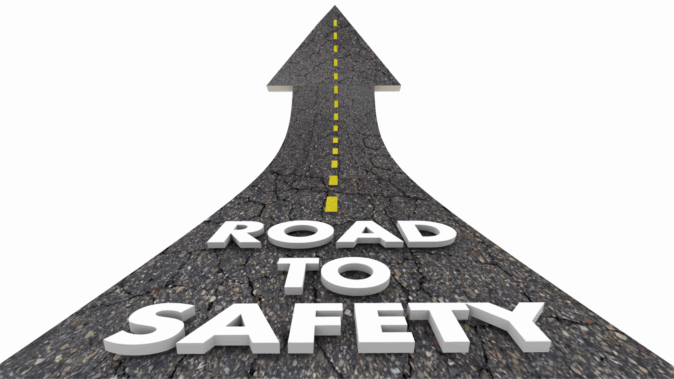Causes of Struck-By Injuries
- Falling Objects: Falling tools, materials, or equipment from scaffolds, ladders, or elevated platforms can strike workers below. These objects can cause head injuries, broken bones, and other severe trauma.
- Moving Equipment: Construction sites are bustling with various heavy machinery and vehicles such as cranes, bulldozers, forklifts, and trucks. Inadequate communication, blind spots, and operator error can lead to collisions and struck-by incidents.
- Unsecured Loads: Loads that are improperly secured during transportation pose a risk to both workers and nearby pedestrians. If loads shift or fall off, they can cause injuries or fatalities.
- Cave-ins and Collapses: Trenches, walls, and other structures can collapse unexpectedly, trapping and striking workers. Excavation work and demolition are particularly high-risk activities.
- Recoil and Movement of Tools: Power tools like nail guns, jackhammers, and saws can experience recoil or sudden movement, leading to unintentional striking injuries.
Prevention Strategies
- Training and Awareness: Proper Training for all construction workers is essential. This includes educating them about potential struck-by hazards, safe work practices, and proper use of the protective equipment (PPE).
- Personal Protective Equipment: Workers should wear appropriate PPE such as hard hats, high visibility clothing, steel toed boots, and eye protection to minimize the impact of struck by incidents.
- Barriers and Signage: Erecting physical barriers and signage around hazardous zones can prevent unauthorized entry and alert workers about potential dangers.
- Tool Tethering: Tools and equipment should be securely tethered to workers or structures to prevent them from falling and causing injuries.
- Equipment Safety Measures: Heavy Machinery should have proper safety features, alarms, and backup cameras to reduce the risk of operator error and collisions.
- Secure Loads: Ensure that all the loads are properly secured before transportation. Use appropriate restraints, straps, and chains to prevent shifting or falling loads.
- Regular Inspection and Maintenance: Regularly inspect machinery, equipment, and structures to identify potential hazards or defects that could lead to struck-by incidents.
Scott Davidson, Safety and Education Director, is available to further discuss heat-related illnesses and preventitive measures. As a benefit of your membership to MCA/CPCA, there is no fee for the following services provided:
Job Site Inspections
Tool Box Talks
Site Specific Safety Programs
Help with Third Party Safety Plans (ISNET)
Onsite, at your shop, or at our facility training (Mobile Elevated Work Platforms, Fall Protection, PPE, Haz Com, OSHA 10, OSHA 30, OSHA Refresher and more)
Site Specific Safety Consulting (Fall Protection, Confined Space, Trenching and Excavation and more
You can call Scott for more information.
